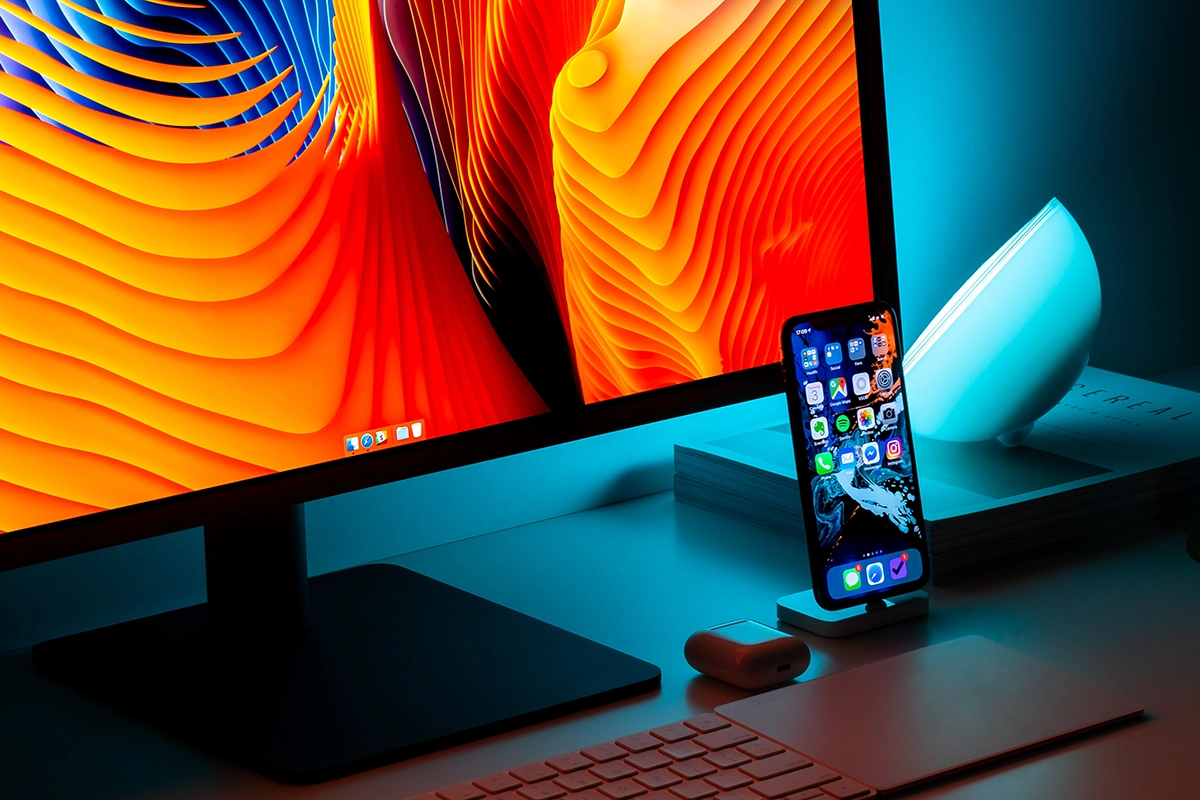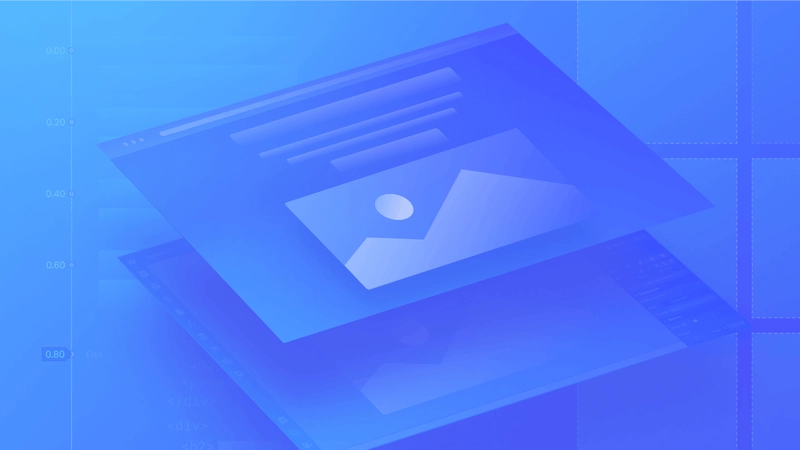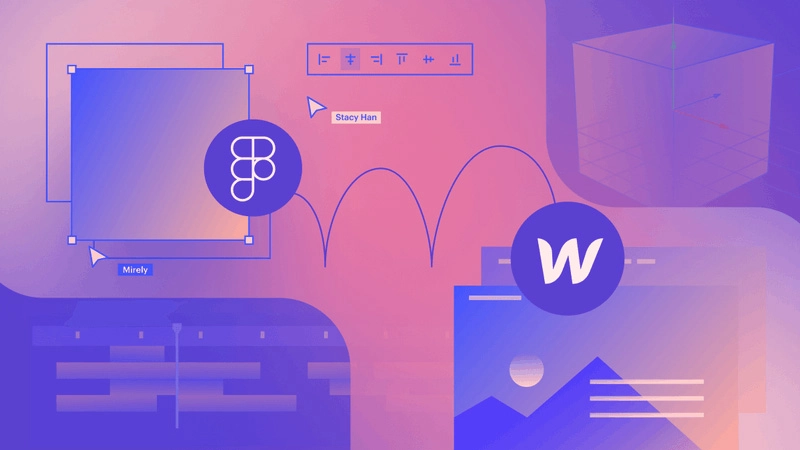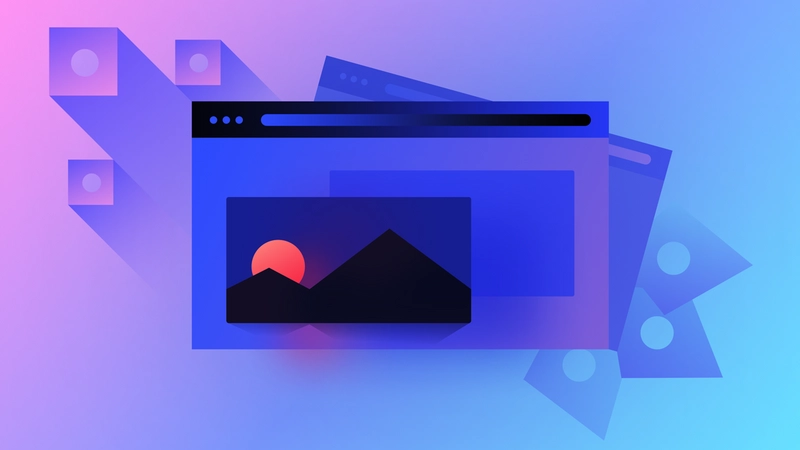Table Of Contents
Screen recording is a powerful tool that allows you to capture everything happening on your computer screen. Whether you want to create tutorial videos, share your gaming achievements, or demonstrate a software feature, screen recording can help you accomplish your goals. In this article, we will explore what screen recording is, how to use it effectively, and why it is beneficial for various purposes.
What Is Screen Recording and How to Use It
Screen recording is an incredibly useful tool that allows you to capture and share your computer screen activities with others. Whether you want to create a tutorial, demonstrate a software feature, or simply record a video call, screen recording provides a convenient way to do so. In this article, we will explore the concept of screen recording in more detail and provide you with a step-by-step guide on how to use it effectively.
When you engage in screen recording, you are essentially capturing everything that happens on your computer screen. This includes not only the visual elements like mouse movements and clicks but also any audio that is being played through your speakers or microphone. This comprehensive recording allows you to create engaging and informative videos that can be shared with others.
Before you can start recording your screen, you will need to have screen recording software installed on your computer. The good news is that there are numerous options available, both free and paid, that cater to different needs and preferences. Some popular screen recording software includes Loom, OBS Studio, Camtasia, and Screencast-O-Matic. Take some time to research and choose the one that best suits your requirements.
Once you have selected and installed your preferred screen recording software, it's time to set up the recording parameters. This step is crucial as it determines the quality and format of your recorded video. One important decision you need to make is whether you want to record audio along with the video or keep it muted. If you are creating a tutorial or demonstration, it's usually beneficial to include audio to provide clear instructions and explanations.
Additionally, you can choose the frame rate and video format for your recording. The frame rate refers to the number of frames per second that will be captured in your video. Higher frame rates result in smoother playback but may require more computer resources. As for the video format, it's advisable to choose a widely compatible format like MP4, as it can be easily shared and viewed on various devices and platforms.
With all the recording parameters set, you are now ready to hit the record button and start capturing your screen. Whether you are demonstrating a software feature, giving a presentation, or showing a step-by-step process, make sure to speak clearly and concisely. Remember that your audience will rely on your instructions and explanations, so it's important to be articulate and engaging.
During the recording process, don't be afraid to pause or edit out any mistakes or unnecessary parts. This will ensure that your final video is polished and professional. Once you have finished recording, you can stop the screen recording software and review your captured video. Most screen recording software provides basic editing capabilities, allowing you to trim or enhance your video before sharing it.
Now that you have learned about screen recording and how to use it effectively, you can start exploring its endless possibilities. Whether you are an educator, a content creator, or a professional, screen recording can be a valuable tool in your arsenal. So go ahead, unleash your creativity, and share your knowledge and expertise with the world through captivating screen recordings!
The Benefits of Screen Recording
Screen recording offers numerous benefits, making it a popular choice for designers and businesses alike. Firstly, it allows you to create engaging and interactive content. Whether you're making a tutorial video or recording a product demonstration, visual communication is highly effective in getting your message across.
For example, imagine you are a website developer creating a client tutorial video on how to use a new feature on their business website. With screen recording, you can capture every step of the process, from opening the application to demonstrating the feature's functionality. By visually showing your audience how to navigate through the software, you can provide a more immersive and hands-on learning experience.
Secondly, screen recording is a time-saving tool. Instead of explaining a process verbally or through written instructions, you can simply record the steps and share the video with others. This can save you and your audience valuable time and prevent any confusion that might arise from miscommunication.
Imagine you are a project manager conducting a training session for your team on a new project management tool. Instead of individually explaining each feature and how to use it, you can record a screen recording of yourself using the tool and explaining the process. This way, your team can follow along at their own pace and refer back to the video whenever they need a refresher.
Another advantage of screen recording is that it allows you to maintain a record of important activities. Whether you need to keep track of software bugs or record a conference session, screen recording ensures you have a visual record that can be revisited whenever needed.
For instance, let's say you are a quality assurance tester working on a software project. You encounter a bug that only occurs under specific circumstances. By using screen recording, you can capture the bug in action and provide a detailed video to the development team. This visual evidence can help them understand the issue more effectively and expedite the debugging process.
In addition, screen recording can be beneficial for recording conference sessions or webinars. Instead of relying solely on notes or slides, you can record the entire session and have a visual reference for future use. This is particularly useful if you want to review specific points or share the session with colleagues who couldn't attend.
The Best Screen Recording Software
When it comes to screen recording software, there are numerous options available. Some of the popular ones include Loom, OBS Studio, Camtasia, and Screencast-O-Matic. These tools offer various features and capabilities, so it's essential to choose one that aligns with your specific needs and budget.
OBS Studio is a free and open-source software that provides a range of customisation options. With its powerful features, you can create professional-looking screen recordings without spending a dime. Camtasia, on the other hand, offers advanced editing capabilities, making it an ideal choice for professional content creators. Screencast-O-Matic is beginner-friendly and offers a simple interface for quick and easy screen recording.
Why to Choose Loom for Screen Recording
One screen recording software that stands out among the competition is Loom. Loom offers a user-friendly interface, making it easy for anyone to get started with screen recording. It also allows for quick and effortless sharing of recorded videos.
With Loom, you can record your screen, webcam, or both simultaneously. This is particularly useful if you want to add a personal touch to your recordings by showing yourself on camera. Additionally, Loom offers powerful editing capabilities, allowing you to trim your recordings, add captions, and annotate your videos to enhance the viewer experience. Loom is also experimenting with a lot of cool new AI features that will be rolling out over paid plans.
Tips for Creating Professional Screen Recordings
If you want to create professional screen recordings, here are a few tips to keep in mind. Firstly, make sure your recordings are clear and easy to follow. Use clear and concise language, demonstrate each step at a reasonable pace, and use highlighting and zooming features when necessary.
Secondly, pay attention to your audio quality. Use a good microphone to ensure your voice is crisp and clear. Silence any background noise that may distract your viewers. Remember, a high-quality audio experience can greatly enhance the overall quality of your screen recordings.
Lastly, be mindful of your surroundings when recording. Choose a quiet area to avoid any disturbances and ensure optimal focus. A clutter-free and well-lit environment can significantly improve the visual appeal of your recordings.
How to Edit Your Screen Recording
Editing your screen recording is an important step in refining the content and making it more engaging. Depending on the software you are using, you can trim unnecessary portions, add annotations, captions, and transitions, and even overlay a webcam feed if needed.
Not only does editing enhance the visual appeal of your recordings, but it also allows you to remove any mistakes or irrelevant content. It gives you the opportunity to polish your screen recordings and make them more professional before sharing them with others.
The Different Types of Screen Recording
Screen recording can be used for various purposes, depending on your needs. Some common types include software demonstrations, tutorials, presentations, gameplay recordings, and online training sessions.
Software demonstrations involve showcasing the features and functionality of a computer program. This can be useful for developers, support teams, or marketers who want to explain how their software works to potential users or customers.
Tutorials are step-by-step guides that teach viewers how to accomplish specific tasks. Whether it's creating a spreadsheet or designing a website, tutorials provide a visual and interactive learning experience.
Gameplay recordings are popular among gamers who want to share their achievements, tips, and tricks with fellow gamers. These recordings often include live commentary to provide additional insights and entertainment.
Online training sessions use screen recording to conduct virtual classes or workshops. By recording the trainer's screen, participants can follow along and learn new skills remotely.
Troubleshooting Common Screen Recording Issues
While screen recording is generally a straightforward process, you may encounter some common issues along the way. One common problem is recording lag or choppiness. This can occur if your computer's resources are being heavily utilised or if the screen recording software settings are not optimised.
To overcome this, make sure to close any unnecessary programs and reduce the resolution or quality of the recorded video if necessary. Additionally, selecting a lower frame rate can help reduce the strain on your computer's resources and result in smoother recordings.
Another issue you may face is audio sync. Sometimes, the audio and video may not match up perfectly, causing inconvenience for viewers. To fix this, ensure that your recording software and audio settings are properly configured.
Screen Recording for Business: Tips and Strategies
Screen recording can be a valuable tool for businesses. It can be used for various purposes, such as creating training videos for employees, documenting software bugs for developers, helping designers when building a business website, or recording client demos for sales representatives.
When using screen recording for business purposes, it's essential to plan your content and focus on delivering value. Consider the needs of your target audience and structure your recordings accordingly. Keep them concise and informative, avoiding any unnecessary jargon that may confuse your viewers.
Another key strategy is to personalise your recordings. Adding a human touch, such as showing yourself on camera or using your voice to guide viewers, can help build trust and establish a connection with your audience.
Furthermore, consider investing in good quality screen recording software, as it can greatly impact the overall quality of your recordings. Look for features that align with your business requirements, such as security features, cloud storage options, and customisable branding elements.
Recording Your Screen Summary
Screen recording is a versatile and powerful tool that allows you to capture and share your computer screen activities. Whether you're creating instructional videos, showcasing your gaming skills, or conducting virtual training web sessions, screen recording can help you achieve your goals effectively.
By understanding what screen recording is, choosing the right software, and following best practices, you can create professional and engaging screen recordings that leave a lasting impression on your audience. So, embrace the world of screen recording and unlock its potential for your personal and professional endeavours.









